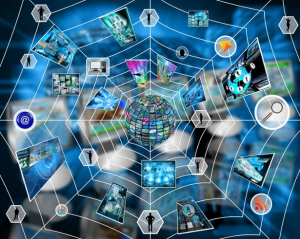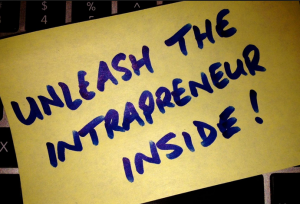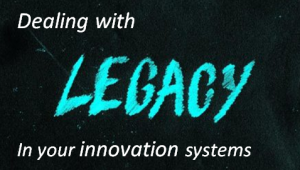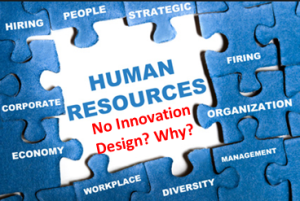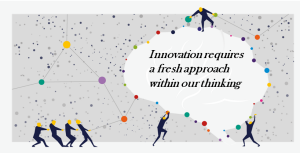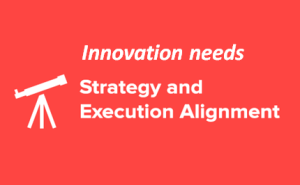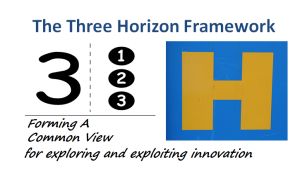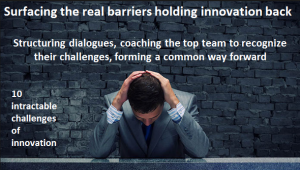 Crowdsourcing has been growing in interest for some time to change our thinking in innovation discovery. It can hold a key for us to help solve vexing questions, real challenges, and connect different voices, that builds into a community that can combine and open up the fields of opportunity for new solutions.
Crowdsourcing has been growing in interest for some time to change our thinking in innovation discovery. It can hold a key for us to help solve vexing questions, real challenges, and connect different voices, that builds into a community that can combine and open up the fields of opportunity for new solutions.
Crowdsourcing does have both the potential to point towards disrupting possibilities, extends the concept of open innovation into a wider source of participation from a diverse community not possible to reach by other means as effectively. It can simply connect a ‘crowd’ of people to a common purpose. All in all, if applied carefully it can provide you with a leading edge of innovation knowledge and insight.
I wanted to step back a little and take a more measured look at crowdsourcing over three posts. This is part one.
